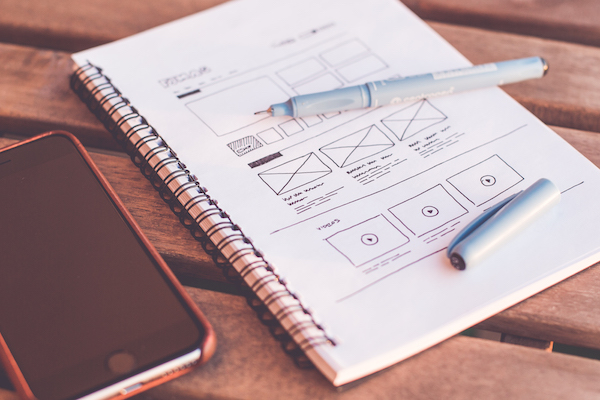If you think creating a website is all about delivering high-quality content and making it look as beautiful as possible, then you are mistaken. There are little details that prove to have a significant impact on the overall feelings your website emanates. Even if you’re generating a lot of targeted traffic, you should continue improving different design elements to further boost conversion rates and improve user engagement.
New webmasters are very fortunate because they now have access to several tools that make designing a website a breeze. Content management systems, for instance, offer a plethora of free and paid themes. With a single click of a button, you can have a professional looking site without even having advanced technical knowledge. But knowing how to tweak these themes or create one of your own can be of immense advantage as you can ensure that your site would be like no other.
It’s also important to understand the psychology of web design. The design elements found in your site all have an impact when it comes to how users interact with your site. This is one of the reasons why web design outsourcing proves to be an excellent investment for your business.Experts can help you create a visually appealing site that encourages visitors to keep coming back.
Content.
The overall design of your website will be largely dictated by the content you offer. There are different types of websites, and how you choose to provide your content to online visitors says a lot about how your site would look like. Years ago, nearly all websites had pages with thousands upon thousands of words. Now, we know that online users prefer reading short blocks of text. Photos and videos are also now becoming more commonplace, with posts including these forms of media garnering increased user engagement.
It’s vital to ensure that you provide content that satisfies the queries of your visitors without overwhelming them. You can break down a broad topic into multiple articles and create links to make it easy for users to navigate. The last thing you want is to hide content to your visitors or present them with too much information that it all becomes burdensome to consume. Your content and web design go hand in hand in attracting quality leads and driving conversions.
Space.
Organizing the design elements of your site plays a crucial role in providing the best user experience to your visitors. If every pixel on the screen contains text, images, videos or blinking things, your visitors might get turned off. It’s important to realize that people take visual breaks. Today, minimalism is the trend, with plenty of websites adopting a design with the least amount of visual content yet provides concise information.
Remember that online visitors look for white space, which is an area with no design elements. Plenty of white space often means a more organized site. It gives viewers a chance to take a break from reading and helps set important elements apart from the rest.
Color.
Designing a website often means adopting the current visual identity of the organization or brand. However, it’s important to remember that these colors can have an effect on how visitors feel when landing on your site. In most cases, utilizing a mix of neutral colors, cooler colors, and warmer colors is a great idea. These colors play a significant role in the psychology of your web design. For instance, cooler and warmer colors can be used in contrast to providing an inviting and relaxed feeling.
Determining the best possible combination of these colors can be challenging. For web design outsourcing, seek help from professionals if you’re having trouble picking the appropriate color combination for your site. Remember to discuss with the professional that your aim is to convey positive feelings, so you need the right balance of tint, hue, and shade.
Typography.
You may not put too much attention on the font type you use on your site, but it has a significant impact on conveying emotions to readers. Typefaces have made their way onto websites, thanks to the advancement of web technology. There are literally thousands of typefaces available, which makes choosing overwhelming and difficult.
It’s important to remember that typefaces are used for specific purposes. Serif fonts, for instance, are normally used to convey professionalism and seriousness. Non-serif fonts, meanwhile, have a more modern and informal vibe. The spaces between lines and letters must also be taken into account, as adequate spacing makes your copy easier to read.
Understanding the psychology of web design offers several advantages. It helps you understand how different design elements convey different feelings and emotions. This enables you to use the right elements on your site that would increase conversion rates and improve user engagement. Moreover, it makes your web design outsourcing more cost-effective by avoiding costly errors and time-consuming split testing.
from Young Upstarts https://ift.tt/2IcZduw via website design phoenix


No comments:
Post a Comment